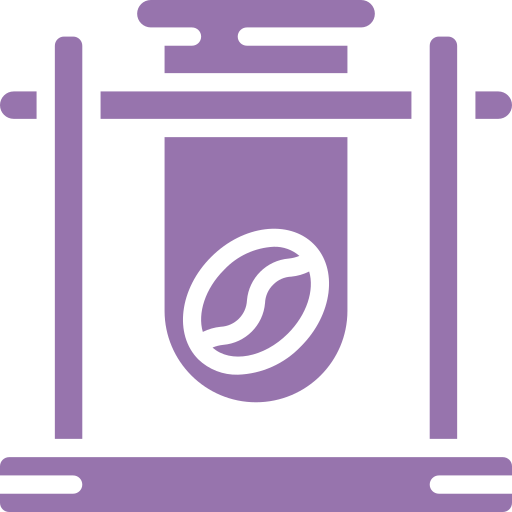Egg donation process has opened new doors for infertility treatment. There were couples and individuals who lacked viable eggs for successful pregnancy and had no hope other than traditional surrogacy But, now egg donation process has given them a new promising way to start their family. However, since the beginning of this wondrous process, there’s been many misconceptions that still prevails in peoples’ mind. In this article, we will help you to know some common myths about egg donation process and egg donors. We will also talk about the risks and the actual truths behind the egg donation process.
Myth 1: Egg Donation Affects the Future Fertility of Donors.
Truth: The average woman is born with 2 million eggs. By puberty, that pool consists of about 400,000 follicles (Eggs). From those, only 400 will reach maturity and will be ovulated. Generally, this leaves approximately 399,600 eggs unused. In a typical cycle, a woman produces 15-20 eggs. Furthermore, the body will release only one egg for ovulation and will discard the rest. With egg donation, we stimulate the ovaries to develop the extra eggs that would otherwise be destroyed. This explains why the normal pool of eggs will not decrease for an Egg Donor.
Myth 2: The Egg Donation Process is Painful and Involves an Invasive Surgical Procedure.
Truth: In egg donation, The stimulation process involves 10-12 days of injections. It employs a small needle into your belly fat like a TB test. Then, the doctors will vaginally access the retrieval through the cervix (similar to when you have a pap smear). So, this means that there are no surgical cuts. The egg retrieval procedure is minimally invasive. Although, for the donor’s comfort, they might use IV sedation. The entire retrieval procedure only take 15-20 minutes.
Myth 3: There are Heavy Side Effects of the Medication That Hinder Daily Activity.
Truth: There are some side effects that come with the medication. These may include bloating, weight gain, mild pelvic discomfort/ cramping, moodiness, and tiredness. However, many of these symptoms are similar to the symptoms a woman experiences with her normal menstrual cycle. Most women have no issues and are able to continue their daily activities while taking medication.
Myth 4: The Egg Donation Process is Very Time Consuming and Requires Donors to Take Extensive Time Off School/Work.
Truth: The stimulation process only involves 10-12 days of injections and monitoring for egg donation. Furthermore, all of these are arranged near the donors home for convenience. At our clinic, we only require the donor to come to San Diego for two visits; the medical screening and the retrieval procedure.
Myth 5: Egg Donation is Unsafe.
Truth: Have you ever heard of IVF being unsafe? Egg donation is not a mysterious process; it’s the same process a woman undergoes when doing IVF. Over 20,000 cycles are being performed in the United States alone annually. As Richard J. Paulson, president of the American Society of Reproductive Medicine puts it, “there are no long-term adverse risks of IVF or egg donation.”
Myth 6: Donors Could be Responsible For the Offspring.
Truth: The intended parents invest heavily in your genetic gift. They have full custody of the offspring and there are legal contracts that ensure protection for all parties. A donor can also choose to become an anonymous donor. This means that the identity of the donor is unknown to the intended parents and offspring.
Myth 7: The Child is a Carbon Copy of You.
Truth: The child will only have part of your genetic make-up. The donor’s egg is combined with either donor sperm or the intended father’s sperm. There is a common fear that a “mini-me” is running around somewhere, although this is not accurate.
As you can see there are many concerns about egg donation and it’s risks that are simply untrue. We always aim to educate our donors and empower them to make informed decisions.
To see if you qualify to become one of our donors, click the link to fill out an application.























